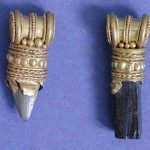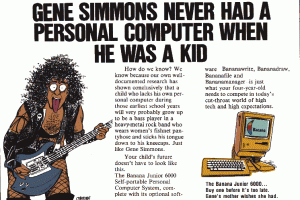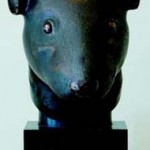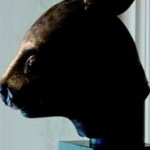 Archaeologists digging in the City of David area of Jerusalem have uncovered a tiny but exquisitely carved Roman marble figurine of a bearded man. It dates from around the reign of Hadrian or a little after, some time in the late 2nd early 3rd c. A.D.
Archaeologists digging in the City of David area of Jerusalem have uncovered a tiny but exquisitely carved Roman marble figurine of a bearded man. It dates from around the reign of Hadrian or a little after, some time in the late 2nd early 3rd c. A.D.
According to Dr. Doron Ben-Ami and Yana Tchekhanovets, directors of the excavation at the site on behalf of the Israel Antiquities Authority, “The high level of finish on the figurine is extraordinary, while meticulously adhering to the tiniest of details. Its short curly beard, as well as the position of its head which is slightly inclined to the right, are indicative of an obviously Greek influence….
The stylistic motifs that are manifested in the image, such as its short hair style, the prominent lobes and curves of the ears, as well as the almond-shaped eyes suggest that the object most likely portrays an athlete, probably a boxer.
No other such figures have been found in Israel, so this is a unique item. It was probably a suspended weight used with hanging scales. There are holes drilled in the nape of the neck and you can still see remains of the metal that once attached it to the scale.
This figurine was found on the dig as the gorgeous gold and pearl earring. It seems there may have been a public inn of some sort under what is now the Givati car park, and that it was suddenly brought down by an earthquake.
Hence the variety of remarkable riches found thus far.





